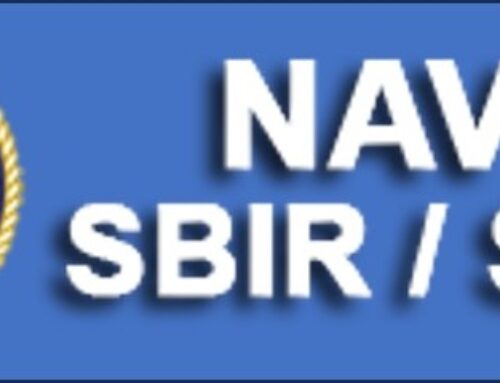This is the third of a four-part series on the history of fatigue analysis. It has been adapted from the upcoming Ph.D. dissertation of VEXTEC’s Robert McDaniels. You can read Part 1 here, Part 2 here, and Part 4 here.
The beginning of the 20th century saw the introduction of metallurgy to the study of fatigue. In 1903, Sir James Alfred Ewing and his colleagues in Scotland were the first to observe and describe slip bands.[3, 6, 15] Ewing also invented the term “hysteresis.”[3, 6, 15] While his discovery was initially limited to electromagnetism, it was later extended to many other phenomena, including mechanical fatigue. The idea of dislocations was first introduced by Michael Polyani in 1934.[6] Another important discovery in the analysis of fatigue data was made by Olin Basquin in 1910, when he observed that when fatigue data (in terms of stress and number of cycles to failure) is plotted in log space, there is a linear relationship between stress and fatigue life over a large range of stress.[3] Work and study into fretting fatigue was begun by E.M. Eden and his colleagues in 1911.[3]
The period from the 1920’s through the 1940’s saw rapid growth in the field of fatigue research.[3] The first book devoted to the study of fatigue, “The Fatigue of Metals” was published by Herbert Gough in 1924 in the U.K. and another book with the same title was published by Herbert Moore and Jesse Kommers in the U.S. in 1927.[3, 6] The influence of surface roughness on fatigue life was first discussed in Gough’s book.[6] Also in this period, the effects of corrosion and heat treatment on fatigue behavior were first studied.[3] The study of fracture mechanics, which describe the physics and mathematics behind the growth of cracks in brittle solids, was begun by Alan Griffith in 1920.[6]
The next major advance in the statistical treatment of fatigue data occurred with the work of Waloddi Weibull in the late 1930’s.[6] The first damage accumulation model was proposed by Arvid Palmgren in 1924, then extended and improved by M.A. Miner in 1945.[3, 6] During the period of 1924-1956, one of the most important contributors to fatigue research was August Thum. He authored or co-authored over 500 papers on nearly every aspect of fatigue, including: stress-concentration factors, the effects various factors on the fatigue limit of metals, the effect of heat treatments on fatigue, corrosion fatigue, fretting fatigue, fatigue at cryogenic temperatures, welded joints, and many other diverse aspects of fatigue.[6]
References
- Turnbull, H.W. ed., The Correspondence of Isaac Newton: 1661-1675, Volume 1, London, UK: Published for the Royal Society at the University Press. p. 416. (1959)
- “Wilhelm Albert”, Wilhelm Albert.Wikipedia. created 06 February 2016, accessed 31 Dec 2016.
- Suresh, S. Fatigue of Materials. Pp. 1-11. (1998).
- Hansson, T.J. “Fatigue Failure Mechanisms and Fatigue Testing” NATO Science and Technology Organization Educational Notes. EN-AVT-207-14. (2012)
- Albert, W. A. J. “Über Treibseile am Harz” Archive für Mineralogie Geognosie Bergbau und Hüttenkunde, vol. 10, pp 215-34 (1838)
- Schütz, W. “A History of Fatigue,” Engineering Fracture Mechanics, vol. 54. No. 2 pp 263-300 (1996).
- S. Bhat and R. Patibandla. “Metal Fatigue and Basic Theoretical Models: A Review”, Alloy Steel -Properties and Use, Dr. Eduardo Valencia Morales (Ed.), (2011).
- Mitchell, M.R. Fatigue, ASM Handbook, Vol. 19., 554-555. Materials Park, Ohio. (1996).
- Timoshenko, S.P. History of the Strength of Materials. Pp. 162-173. (1983).
- Bathias, C., and Pineau, A. Fatigue of Materials., (2010)
- “The Versailles Rail Accident”, Versailles Rail Accident. Wikipedia. Created 22 November 2016, accessed 31 Dec 2016.
- ASM HANDBOOK Vol 19 Fatigue and Fracture. ASM International. pp.76-86. (1996).
- “August Wöhler”, August Wöhler. Wikipedia. Created 21 October 2016, accessed 02 January 2017.
- ASM dictionary, ASM International. pg,. 454. (1992)
- “Sir James Alfred Ewing”, Sir James Alfred Ewing. Wikipedia. Created 05 August 2016, accessed 29 January 2017.




Leave A Comment